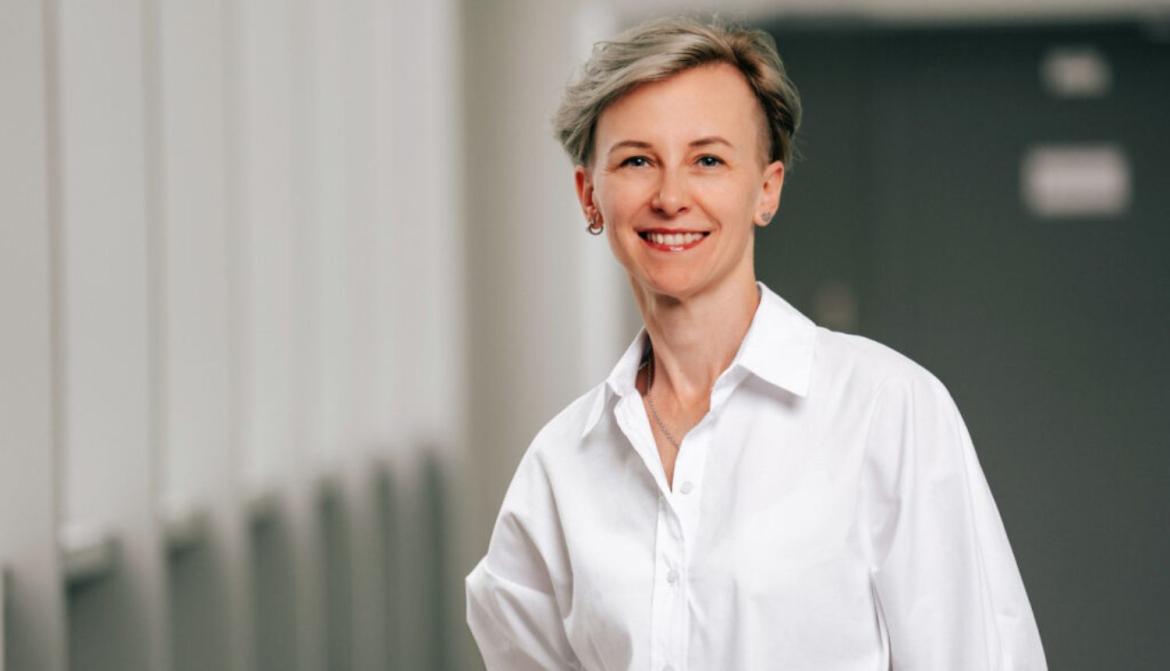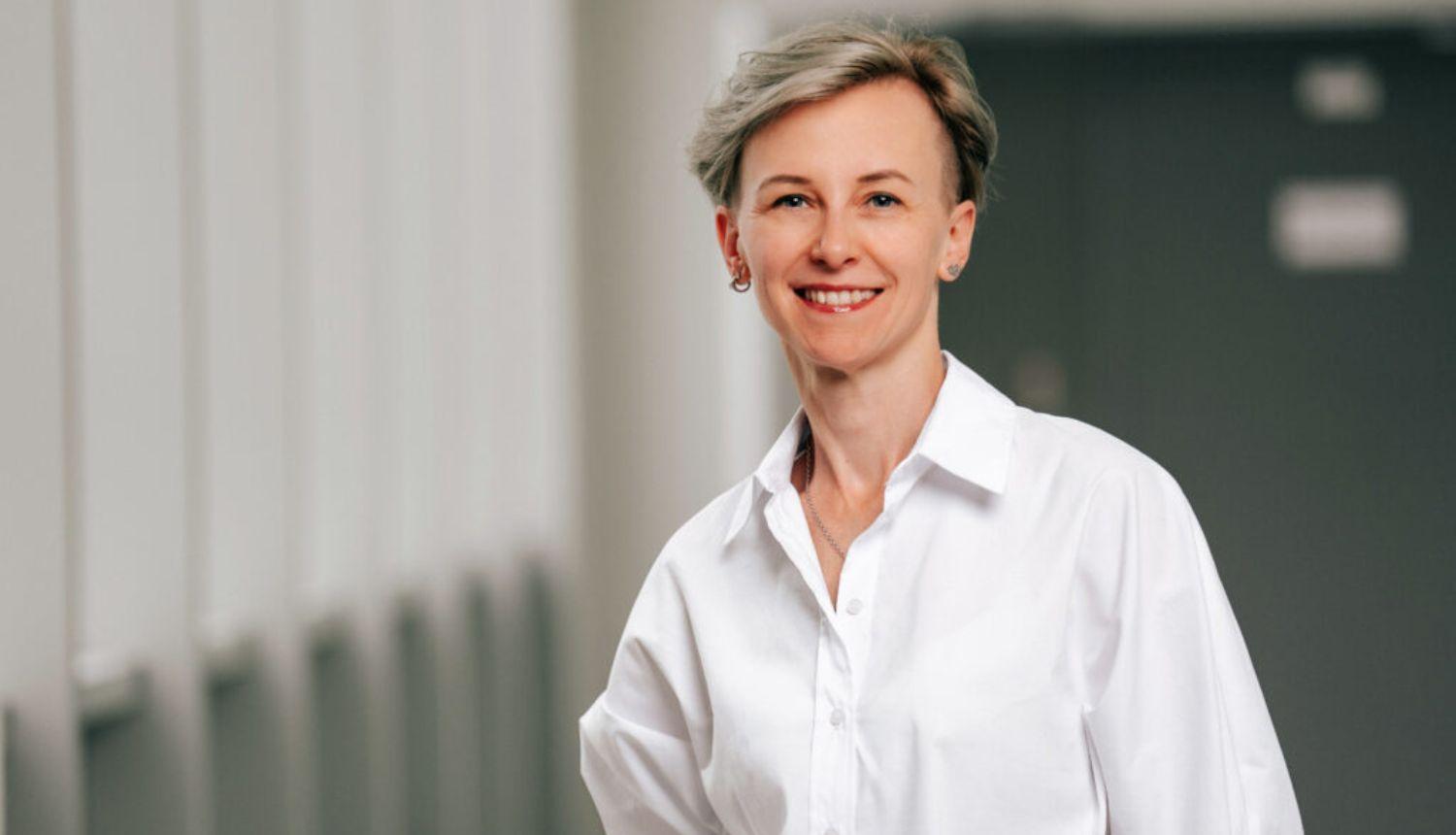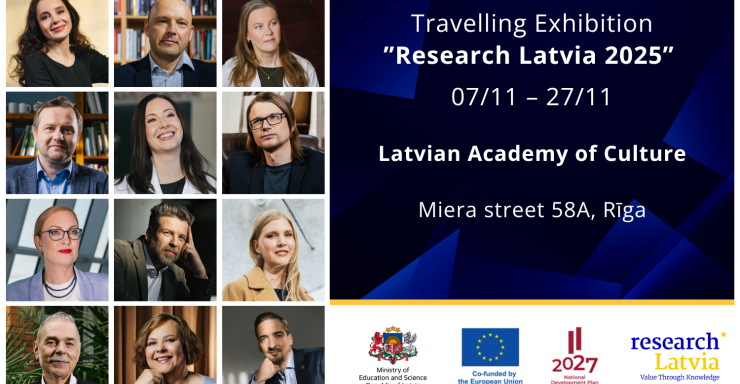
A tablet without a score line should not be broken!
That's not a design flaw — splitting such a tablet may cause one half to contain twice as much of the active ingredient as the other, since the substance isn't evenly distributed in a non-scored tablet. Such details are tested in laboratories for years to ensure the safety, stability, and accuracy of every medicine. But once the medication reaches us, the responsibility is ours. One of the most common mistakes? Storing medicines in the bathroom cabinet, where temperatures can sometimes exceed +40 °C.
If there's one thing we can be sure of, it's that European medicines meet the exact standards stated in their documentation, and their expiry date truly reflects their safety and effectiveness. Latvia is one of the European countries with a certified pharmaceutical testing laboratory, the Biologically Active Compounds Analytical Laboratory of the Latvian Institute of Organic Synthesis (IOS). Here, medicines are tested before the manufacturer receives approval from the State Agency of Medicines to place them on the market.
Precision – the law of everyday work
It's hard to imagine a more precise, standardised, and meticulous environment than the Biologically Active Compounds Analytical Laboratory at the IOS . Everything is regulated — from how measuring instruments are cleaned to how temperature fluctuations are controlled. Every step is described in detailed instructions; every measurement is recorded not only by machines and computers but also manually, several times a day, by chemists themselves. Measurement precision and work culture are unified across Europe, meaning that a test performed in Riga will yield identical results to one in Rome or Berlin. This pedantic routine guarantees the safety of medicines.
How long does it take to test a single medicine?
A medicine is tested in the laboratory for as long as the manufacturer plans its shelf life to be. To the untrained eye, it's almost unimaginable how many parameters are evaluated. The lab checks whether a tablet changes in size, weight, or structure over time, whether it becomes harder or breaks differently. Particular attention is paid to storage conditions, temperature, humidity, and light. Medicines are stored for years in sealed chambers with constant conditions to determine how these factors affect the product's stability.
From packaging to stomach – everything is tested
Even the packaging materials and their stability throughout the intended shelf life are tested. For example, the foil under caps or the transparent safety seals that ensure the package hasn't been opened before. These are called integrity tests. If a manufacturer changes the packaging of an existing medicine, everything must be retested, including the packaging composition, as it can affect the medicine's long-term stability.
The IOS laboratory is also equipped with devices that simulate stomach function, allowing scientists to precisely measure which substances are released from a tablet and how quickly, at each stage of digestion.
"After running these tests, I personally have no doubt why some vitamins cost much more than others; they're designed so carefully that they act exactly where and how they're supposed to, in the most effective concentration," says Marija Trifonova, Head of the Biologically Active Compounds Analytical Laboratory.
Although most vitamins are considered food supplements and don't require registration with the State Agency of Medicines, some manufacturers still choose to register them as medicinal products, which are then thoroughly tested in pharmaceutical laboratories.
Testing beauty injections
One of the most unusual types of testing performed at IOS involves botulinum toxin, also known as Botox. For this, the laboratory grows nerve cells on which the product's effect is tested. These tests allow researchers to observe how the toxin binds to the cell surface, enters the cell, and blocks signal transmission —the process that causes muscle paralysis. This is a crucial part of assessing the medicine's actual biological effect.
But testing doesn't stop there; the lab also analyses the product's purity, concentration, stability under various temperatures, duration of effect, and consistency across production batches. Only when all these parameters remain stable throughout the declared shelf life can the product be considered entirely safe.
Botulinum toxin is not only used for cosmetic purposes; it's also widely used in medicine: to reduce muscle spasms, treat childhood spastic disorders, prevent chronic migraines, reduce excessive sweating, and even treat certain bladder disorders.
Do not use liquid medicines after expiry!
On the one hand, IOS laboratory tests are crucial for manufacturers; on the other hand, they ensure that people purchasing medicines at pharmacies receive safe and effective products. Just like food, medicines must be stored appropriately, and even if they don't grow mould or smell unpleasant, they should never be used after the expiry date.
After the specified date, active substances begin to degrade, reducing the medicine's effectiveness, and sometimes new chemical compounds may form, whose effects are unpredictable and potentially harmful. This is especially dangerous for liquid medicines, insulin, eye drops, and adrenaline injectors; using these after expiration cannot only be ineffective but also risky to health.
A final thought
Next time you buy medicine, it's worth remembering that every tablet on the pharmacy shelf has gone through a long, thorough, and costly testing process. The goal: to ensure that every patient can trust in the quality and effectiveness. Once the medicine reaches our hands, our responsibility begins, to use it precisely as the manufacturer instructs.


